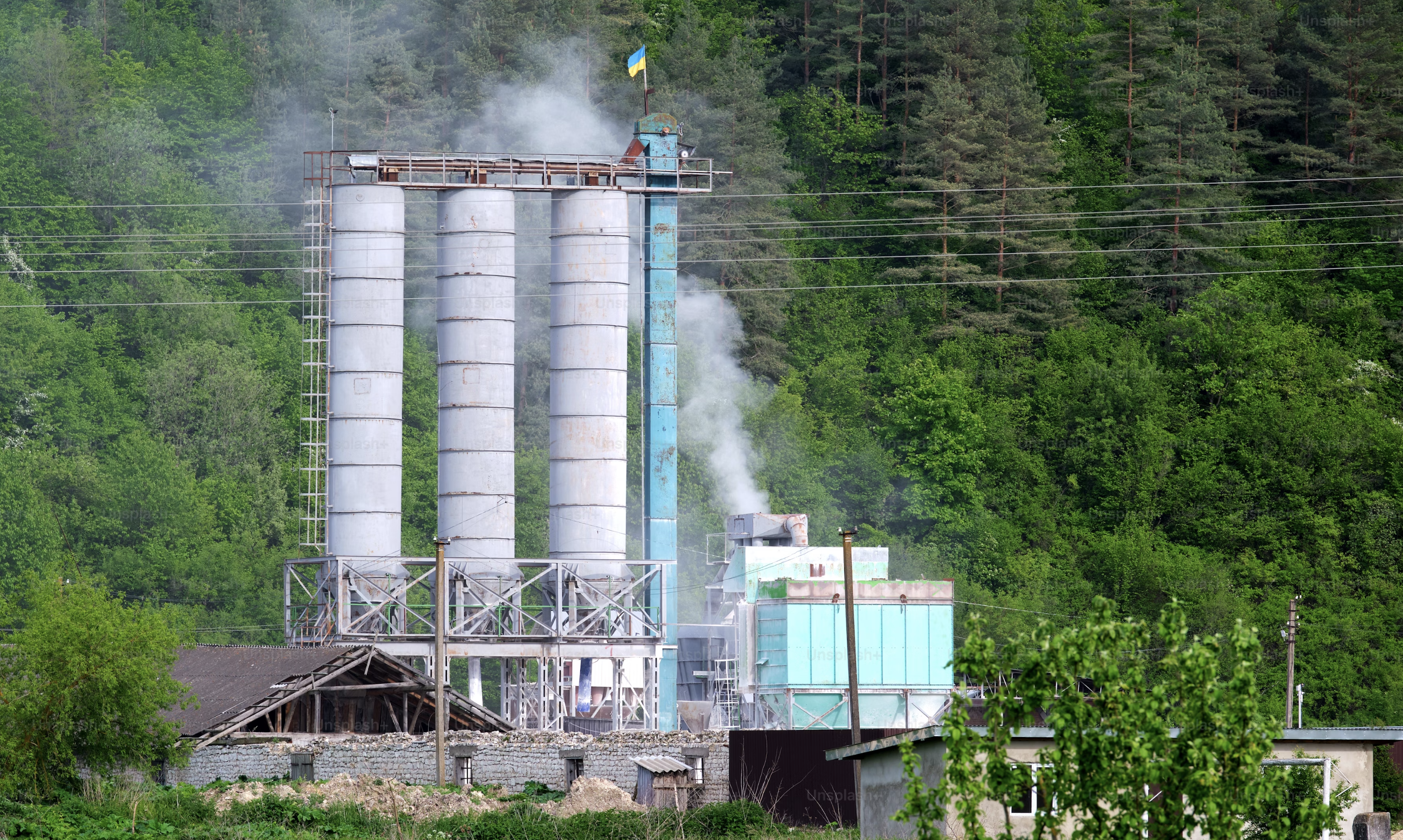The Inflation Reduction Act expanded and enhanced the section 48 investment tax credit (ITC) for clean energy projects. To get the most benefit from these valuable tax credits, it’s important to carefully consider what costs can be included in the eligible cost basis. Here are some key points:
Requirements for Eligible Energy Property
To qualify, property must be considered “energy property” under the tax code. This includes property that is:
- Functionally interdependent (placing each component in service depends on placing the other components in service)
- An integral part of the energy property (directly used in and essential to the energy property’s intended function)
- Tangible property (not intangible assets)
Qualified Interconnection Property
Costs for “qualified interconnection property” required to connect an energy project to the grid can be included in the cost basis if the project is 5 MW or less. This covers upgrades to the transmission and distribution system beyond the point of interconnection.
Onsite Equipment
Power conditioning equipment and other onsite assets that are functionally interdependent and integral parts of the energy property, like transformers and switches, are considered part of the energy property. Their costs are included in the ITC calculation.
Buildings and Structures
In general, buildings do not qualify as energy property because they are not integral to the energy generation activity itself. However, there are two exceptions:
- Structures that are essentially machinery or equipment
- Structures that house integral energy property, if the structure is so closely related that it would be replaced along with the housed equipment
Certain buildings at an energy project site, like those used to store feedstock and keep it dry at a biomass to syngas conversion facility, could potentially qualify under this second exception. The argument is stronger if the buildings are specially engineered to optimize plant performance.
Onsite Roads and Landscaping
Roads and landscaping can potentially be included if they are integral to operating and maintaining the energy property. At a biomass plant, onsite roads used to transport feedstock could qualify. General access roads for employees and visitors would not.
Solar Panels on Buildings
Installing solar panels on buildings and designing the buildings to optimize the solar output could potentially qualify the buildings themselves as energy property eligible for the ITC.
Ultimately, each project is unique and will require a detailed analysis and cost segregation study to determine eligible costs. But by understanding the nuances of the tax rules and thinking creatively, clean energy developers can maximize their ITCs and improve their projects’ economics. Consult your tax advisor or 48fund for specific guidance.




